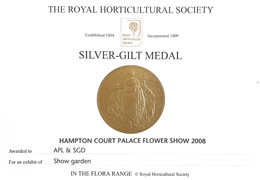There’s a bit of snobbery going on in the garden design world, between those who draw their plans by hand and those who use CAD (computer aided design), and both think they’re right. The hand-drawing devotees – using tracing paper and a pencil – swear that it’s the only way to make sure that designs are fresh and new, and that as a result hand-drawn designs are ‘better’ than those produced with a computer. The CAD camp will argue that computer drawings are more accurate, more easily amended and updated, and save a heap of time in repetitive drawing and assessing quantities. They also allow you to look at a site in 3D and make models showing the position of the sun (and what’s in shade) for any location at any time of the day and any day of the year.
I come down firmly on the CAD side, but I do understand what the hand-drawers are trying to get at, and it’s this; that the generation of the initial ideas needs to be fluid, sketching out thoughts quickly and seeing where they take you. Often it’s the things that go wrong that lead to a new idea, a slip of the pencil that takes you in a direction that you wouldn’t have otherwise thought of. But this to me is, and always has been, an essential part of the design process and nothing to do with in what format you present the design.
I was reminded of this thought by a photograph I took last night. The light was very dim and I couldn’t hold the camera steady, and had nothing to lean it on.

As a result, the image is blurred but what a great effect that blur has created! The whiteish-grey of bonfire smoke behind the trees positively glows while the colour of the sky is not as intense as it actually was. Rather than looking like a photograph, this looks like a painting, with all the subtlety that brushstrokes would have added to the scene.
What should have been ‘one for the bin’ becomes something inspirational, so if you find I have designed some vertical posts with whiteish-grey planting behind (some Rubus cockburnianus perhaps) you’ll know where the idea came from…





